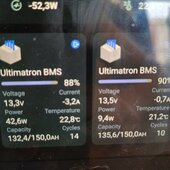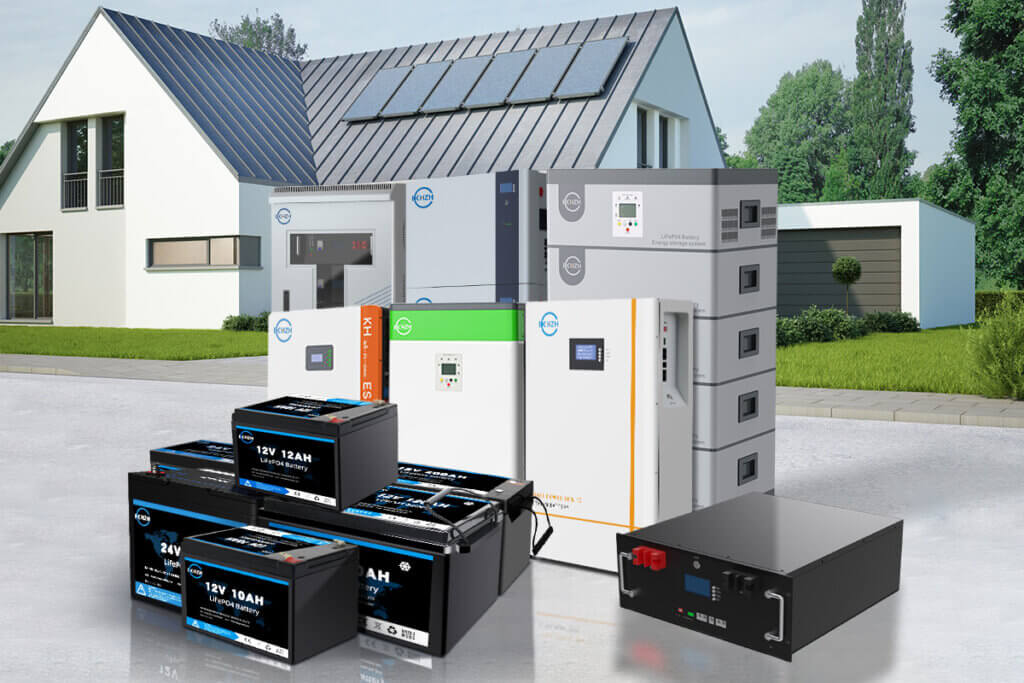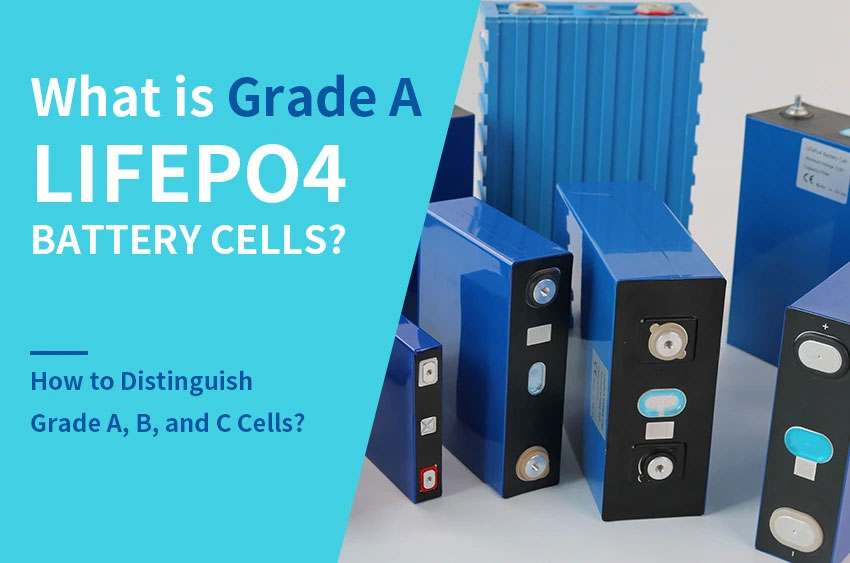tsuru
New Member
Have a 12.8 V 280 AH LiFePO4 battery that is barely 2 months old. I did not at first pay that close enough nor document voltages on it, but charged it up to where it appeared to be full with a LiFePO4 Battery charger of 14.6 volts and 60 amp capacity.
What I'm noticing different within weeks of building this whole thing up and nothing else changing, is that I can't seem to get thru the night and not loose the inverter due to low battery. After any charge, it drops from 14.6 volts to 13.3 volts. I've seen YouTube videos of folks that show photos of everything and it seems 13.6 volts is the defacto voltage after charging. Why do I only get 13.3 volts? And not 13.6 volts? Or is this 'normal' having 13.3 volts? Or is there something I am doing wrong? OR, worst case, is this new battery already failing as the manufacturer doesn't seem to give me straight answers it seems. Thanks in advance.
What I'm noticing different within weeks of building this whole thing up and nothing else changing, is that I can't seem to get thru the night and not loose the inverter due to low battery. After any charge, it drops from 14.6 volts to 13.3 volts. I've seen YouTube videos of folks that show photos of everything and it seems 13.6 volts is the defacto voltage after charging. Why do I only get 13.3 volts? And not 13.6 volts? Or is this 'normal' having 13.3 volts? Or is there something I am doing wrong? OR, worst case, is this new battery already failing as the manufacturer doesn't seem to give me straight answers it seems. Thanks in advance.





